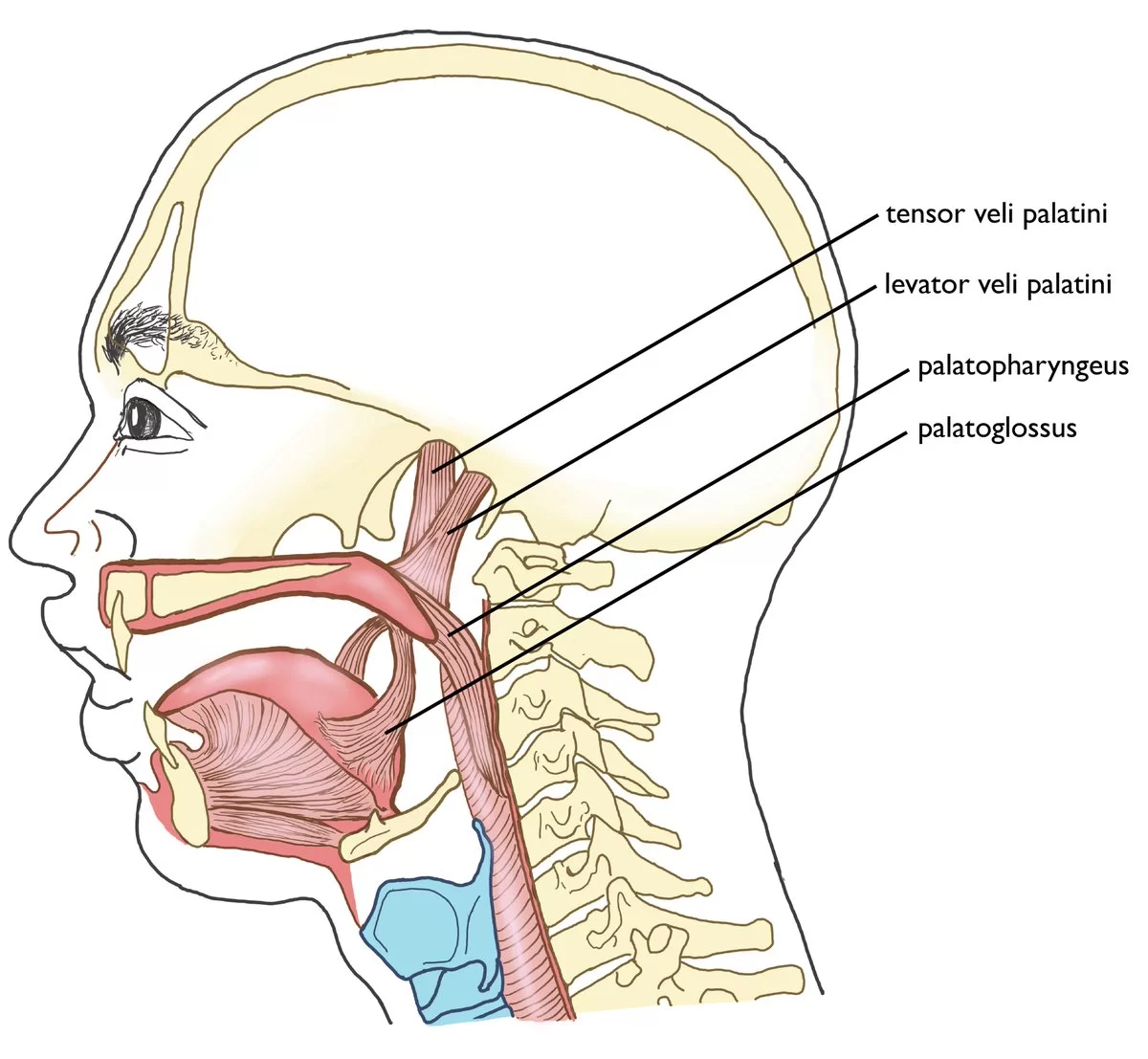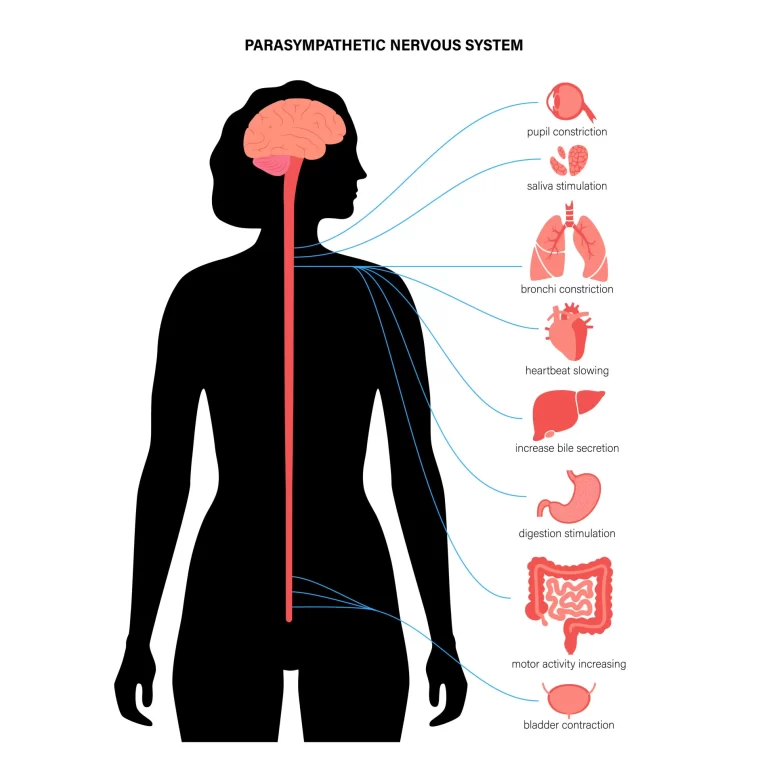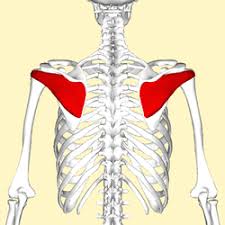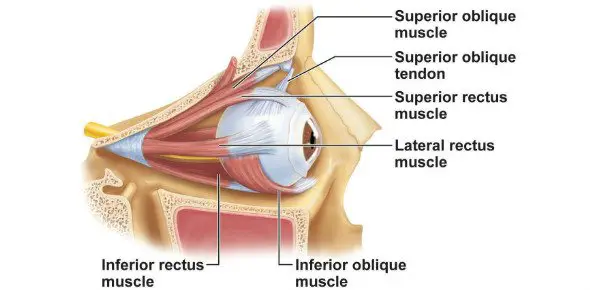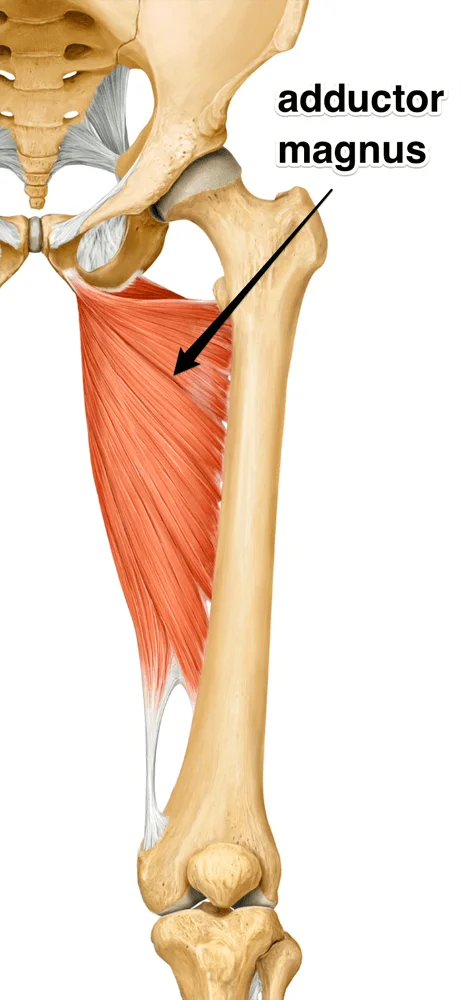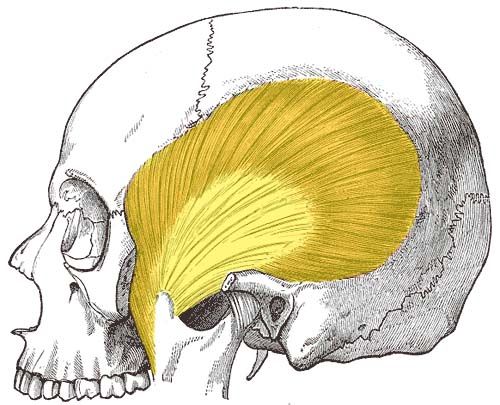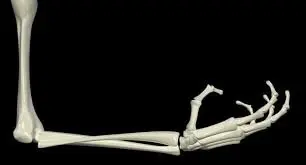Levator Veli Palatini Muscle
Table of Contents
Levator Veli Palatini Muscle Anatomy
Levator veli palatini muscle is a paired cylindrical muscle located lateral to the choanae of the nasal cavity, starting from the petrous part of the temporal bone to the superior part of the palatine aponeurosis. with other muscles like tensor veli palatini, palatoglossus, palatopharyngeus muscles, and musculus uvulae, levator veli palatini makes the soft palate.
The main function is the elevator muscle of the soft palate in the human body. With the other soft palate muscles, this action of levator veli palatini helps in the act of swallowing.
Origin
Temporal bone, Eustachian tube.
Based on its points of origin, Levator veli palatini is separated into superior and inferior sections. The superior section begins at the inferior side of the temporal bone’s petrous portion, previous to the carotid canal’s inferior opening, and posterior to the tensor tympani muscle’s origin. The inferior part of the sphenoid bone’s vaginal process and the inferior part of the medial lamina of the auditory (Eustachian) tube cartilage are the sources of the inferior portion of the muscle.
Based on its points of origin, Levator veli palatini is separated into superior and inferior sections. The superior section begins at the inferior side of the temporal bone’s petrous portion, previous to the carotid canal’s inferior opening, and posterior to the tensor tympani muscle’s origin. The inferior part of the sphenoid bone’s vaginal process and the inferior part of the medial lamina of the auditory (Eustachian) tube cartilage are the sources of the inferior portion of the muscle.
Insertion
Palatine aponeurosis.
Nerve supply
Pharyngeal Branch of Vagus nerve (CN X).
The glossopharyngeal (CN IX) and vagus (CN X) nerves create the pharyngeal plexus, which innervates the levator veli palatini muscle.
Blood supply
Ascending palatine artery
The ascending and descending palatine veins carry the venous blood into the pterygoid plexus first. The internal jugular vein receives the blood after this.
Actions
elevates soft palate. With the other soft palate muscles, this action of levator veli palatini helps in the act of swallowing.
This muscle elevates the soft palate and pulls it gradually backward. This helps musculus uvulae muscle close the passage between the nasopharynx and oropharynx, easing the act of swallowing and stopping the food flow toward the nasopharynx.
Function
Collaboration with Other Muscles:
To ensure optimal performance during actions like swallowing, speaking, and breathing, the levator veli palatini coordinates with other soft palate muscles.
Role in Eustachian Tube Function:
The muscle also plays a role in the opening and closure of the Eustachian tube, which runs from the back of the throat to the middle ear. This feature aids in keeping the air pressure on either side of the eardrum constant.
Location:
Extending from the temporal bone of the skull to the soft palate, the levator veli palatini muscle is located in the soft palate.
Relations
The superior pharyngeal constrictor muscle’s top aspect is medially located and salpingopharyngeus is located anteriorly by the levator veli palatini. Between the levator veli palatini and superior constrictor muscles is the thin area that houses the ascending pharyngeal artery, which supplies the soft palate.
Positioned posteromedial to the tensor veli palatini muscle and lateral to the tonsils and cartilaginous portion of the auditory tube, the superior portion of the muscle is located. The palatopharyngeus muscle is divided into two layers by the distal portion of the muscle, which is where it reaches its insertion.

